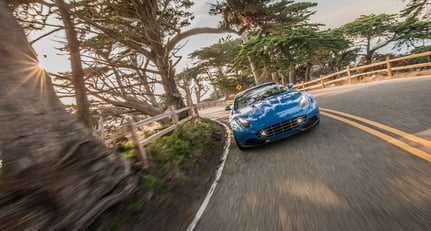As a package, the F12Berlinetta is pretty untouchable among its peers: it has a monstrous naturally aspirated V12 (likely to be the last of its kind), oodles of visual drama, the sharpest of cutting-edge aerodynamics, and a dynamic balance even Philippe Petit would envy. But where has the elegance gone: the graceful, understated character that would steal the limelight from even the most glamorous lady in red? Some would say you’d need to go back to the 550M to trace the last truly elegant Ferrari; others would argue a longer reach would be required, perhaps back to the Daytona. Personally, I’d say the final ‘soft-design’ Ferraris, the 275 GTB and 365 GT 2+2, were the last offerings to embody automotive elegance in the truest sense of the word. But what if you wanted to bestow a simpler, more timeless body on the all-conquering F12 underpinnings? Your options are limited to one: the Berlinetta Lusso by Carrozzeria Touring Superleggera. Or at least, they were.
Complex simplicity
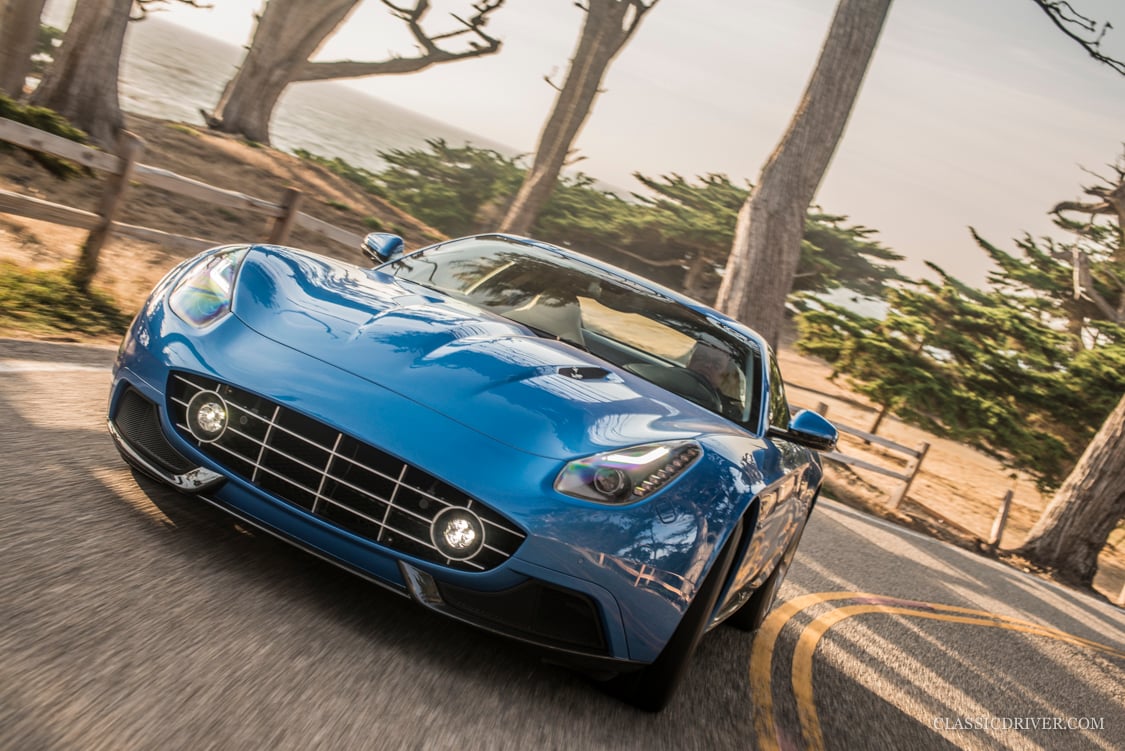
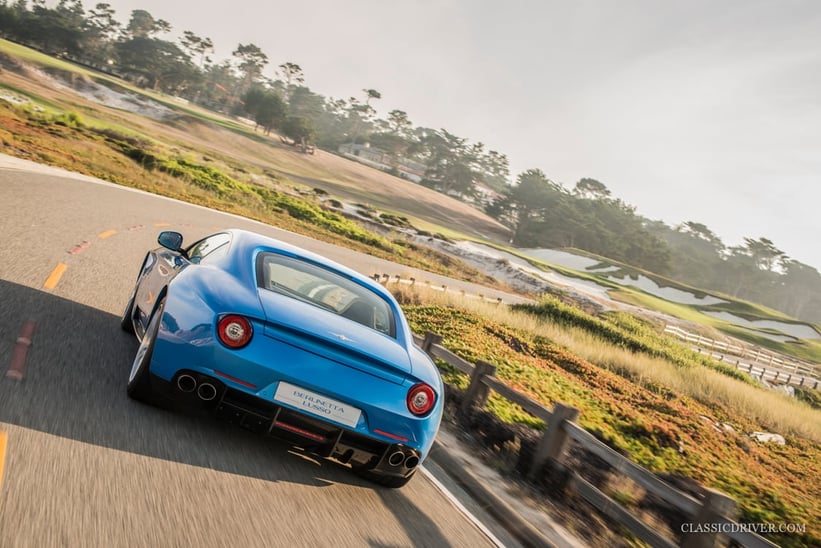
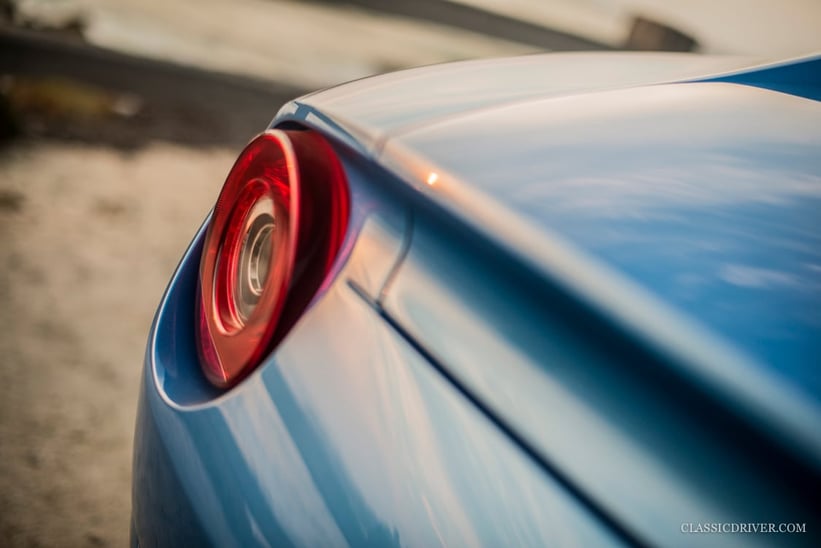
We say ‘were’, because Carrozzeria Touring recently announced that all five planned examples of the Berlinetta Lusso are now sold. After a brief meeting at the Villa d’Este Concorso d’Eleganza where it had its first high-society debut, we organised a more personal rendezvous in California with the only completed car, resplendent in ‘Azzuro Niourlague’. Berlinetta Lusso #1 is infinitely more captivating in the metal, first in terms of the depth of its paint – alternatively named Rad Blue – then for the ‘complex simplicity’ of its hand-beaten body. Despite referencing one of the earliest Ferraris, namely the ex-Gianni Agnelli Ferrari 166 MM, it boasts subtle design flourishes that would perplex even the most modern mass-production techniques. And who better to talk us through the intricacies than Carrozzeria Touring’s chief designer, Louis de Fabribeckers...
Three questions to Louis de Fabribeckers
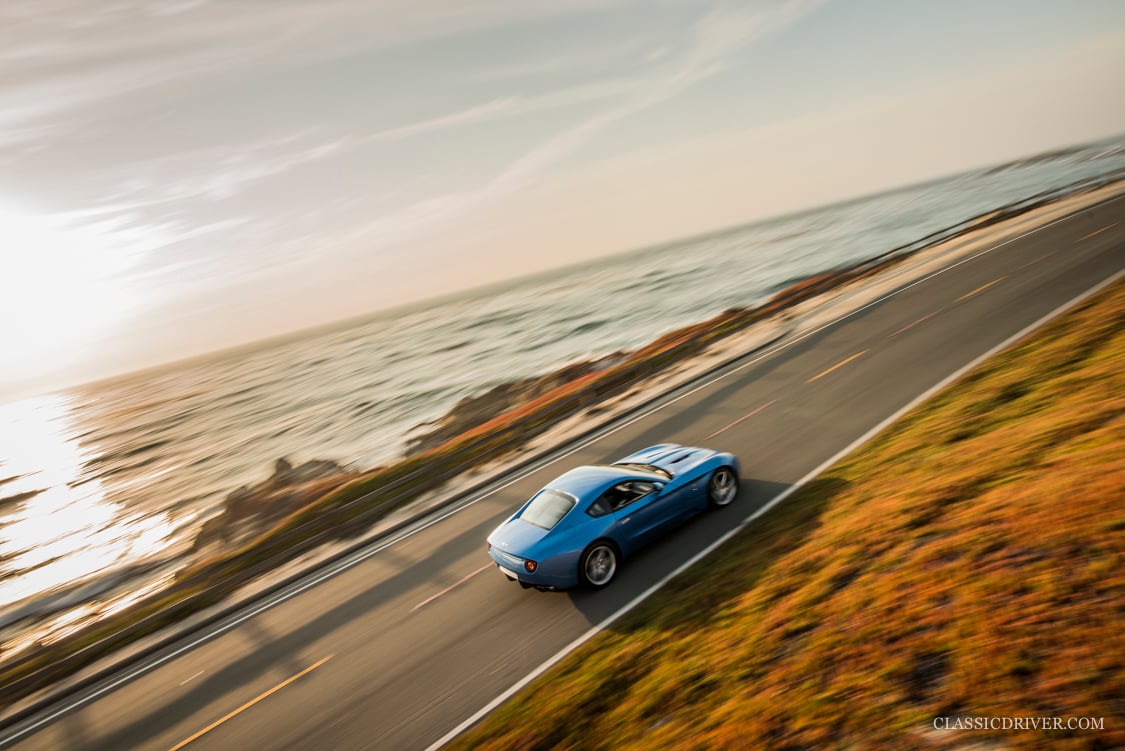
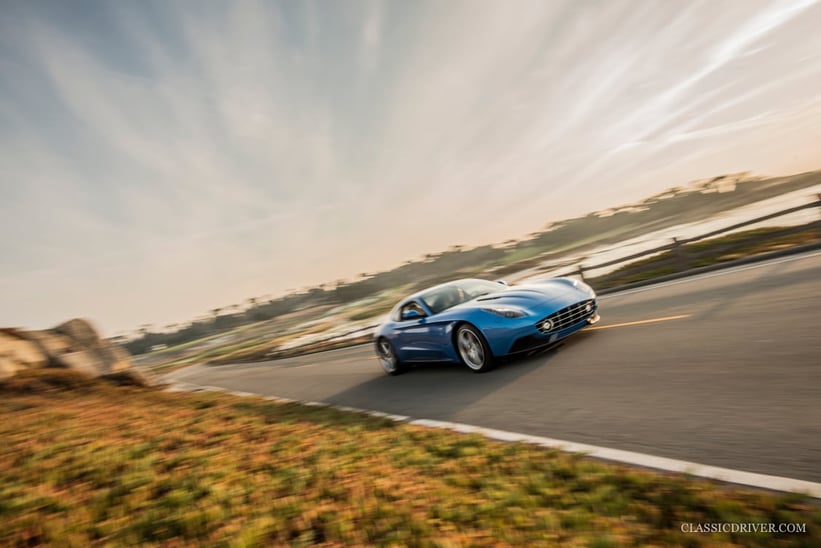
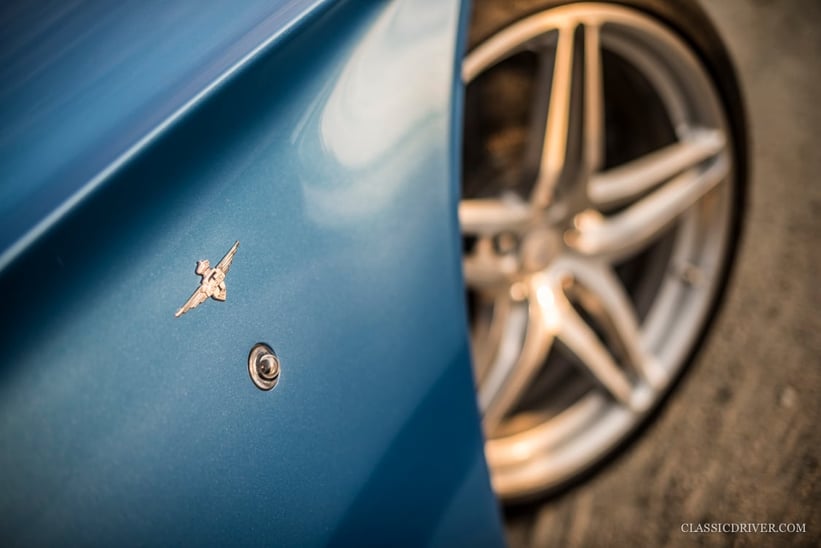
You’re in a position many would dream of – one which allows you to design your dream Ferrari. Where do you start?
“You start with the general volumes, and you need to create a harmony; a balance. I have a special affinity for the classic coupés from the 1950s and 1960s, with the traditional three-box shape consisting of a long bonnet, a small greenhouse and a little boot; something horizontal, not aggressive but still quite dynamic; a timeless design, but still very classic.
“It was a dream for me to do a car like this. I was so happy when the client came to us and said he would like a classic Ferrari, because he thought they were no longer producing timeless designs. In his opinion, he thought current Ferraris were overdesigned, and he wanted his car to exude elegance.”
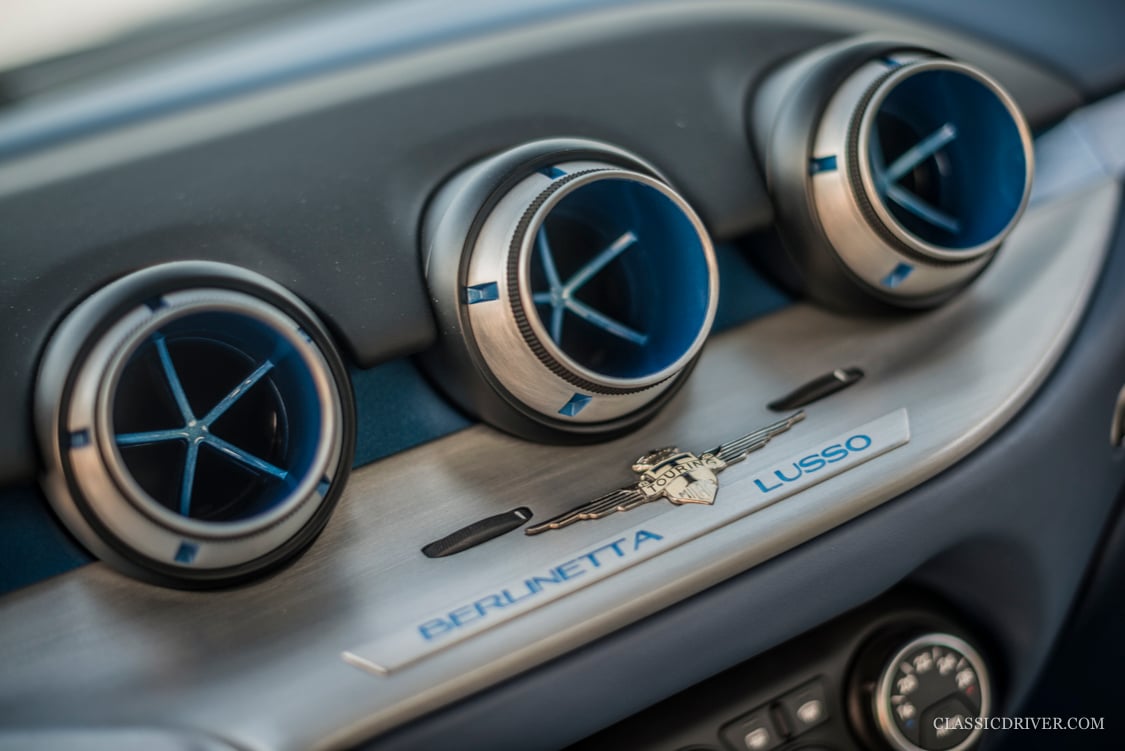
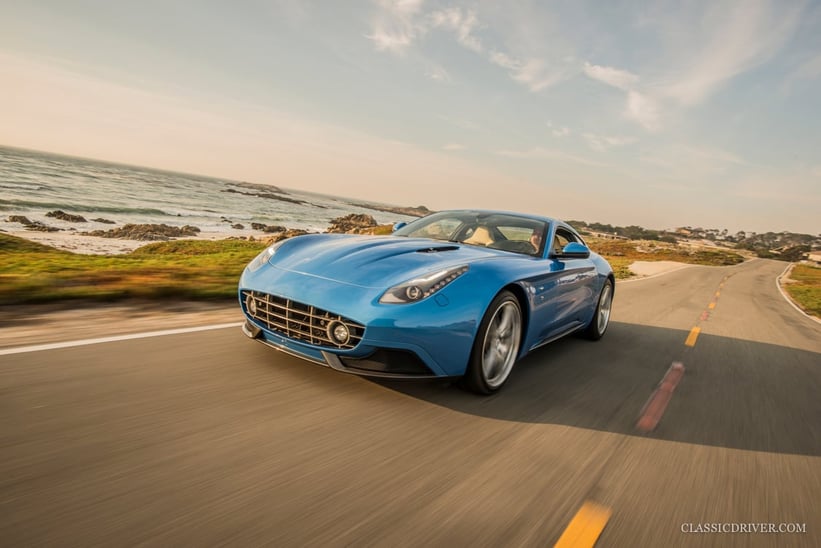
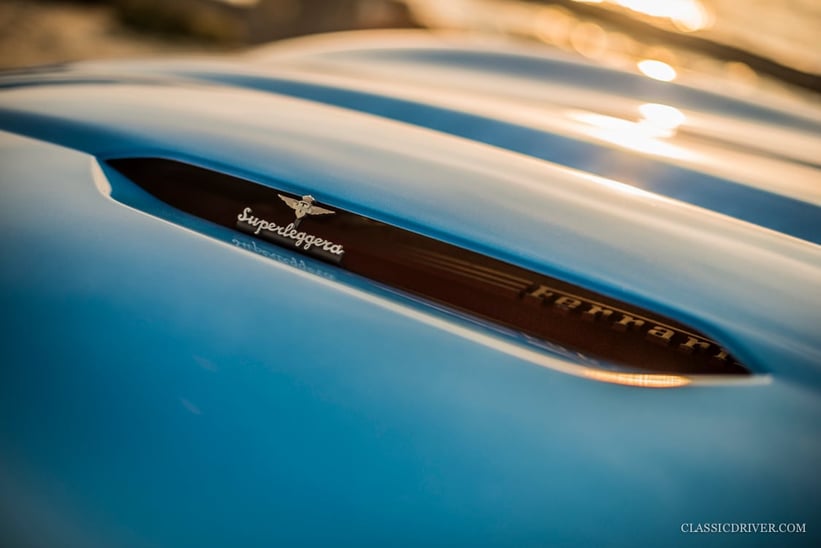
There are some restraints in this process though, correct?
“In some cases, we have to use already homologated parts. On this car, the headlights, tail-lights and windscreen are the only exterior elements common with the F12, and all the rest is new. It’s just a little thing you need to keep in the back of your mind, it doesn’t need to disturb you too much during the design process. Apart from that, I have the freedom to create dramatic sections that other designers do not have, as they always have to justify their choices to engineers, a financial team, and ultimately a mass market. I am fortunate in that I am always designing for a single, very passionate client. Once I have his approval, I am just dealing with my guy in the workshop – I will pop down and say to him, ‘Come on, just try to make this little change for me,’ and usually he will say, ‘Okay Louis, I’ll see what I can do’. The great thing with aluminium is that until the car is painted, I can still make modifications and tweak things. Often, the design is theoretically frozen; they’ll bring the ‘body-in-white’ into the paint shop, and I’ll be running behind the car shouting, ‘Wait, wait, just one more little thing’.
“The main purpose of my job is to show how great our craftsmen are, and how able they are to create beautiful volumes. For example, this dramatic main character line leading from the front arch shows that it can only be done by hand, not with an aluminium press. In fact, if you tried to do this with a press, you would completely destroy the aluminium.”
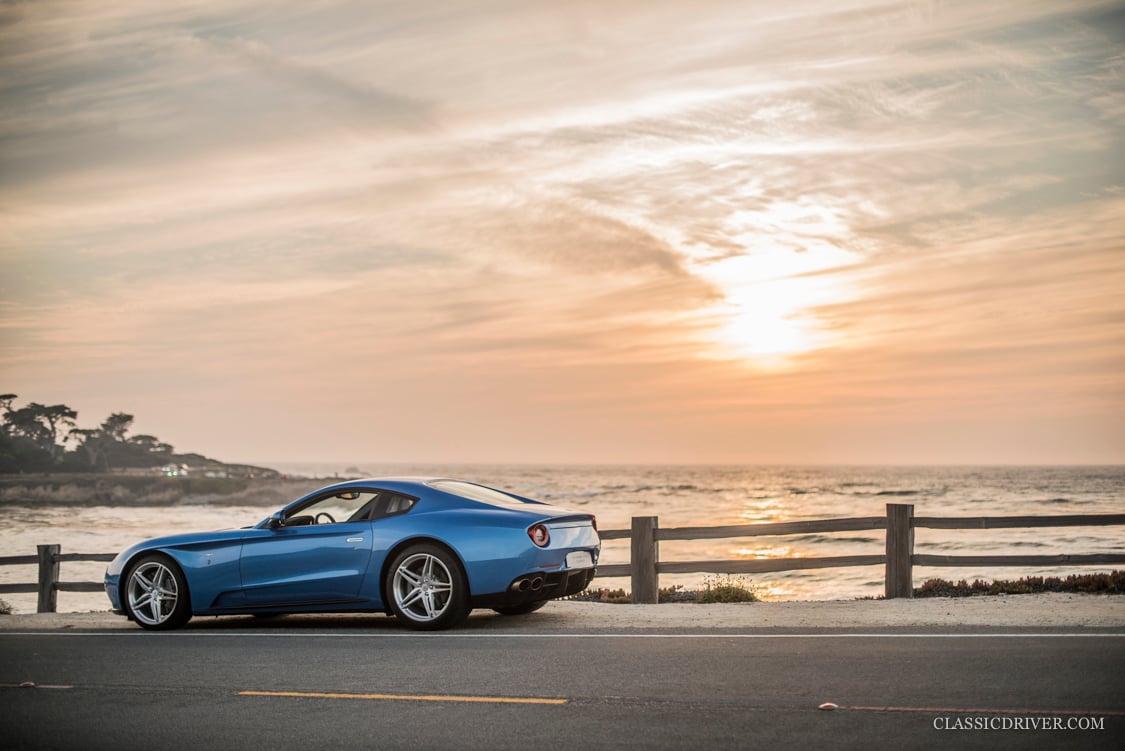

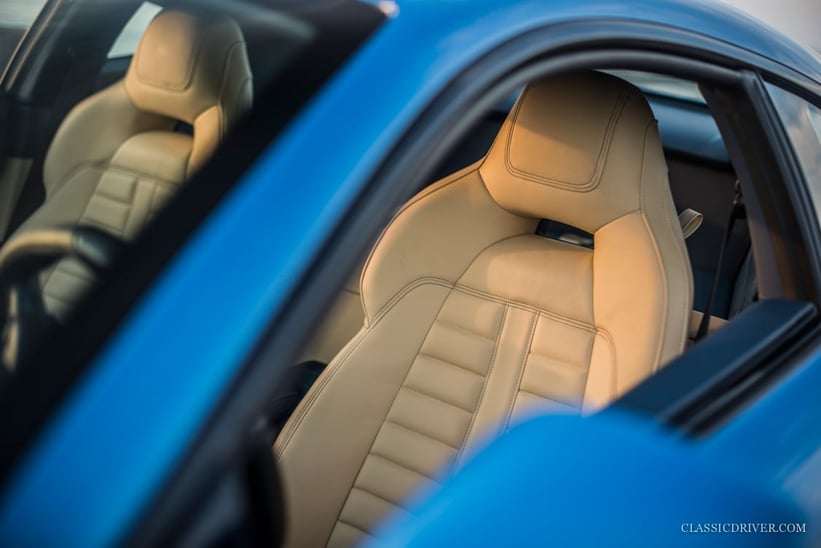
Would you agree that elegance is all but absent in the majority of modern car design?
“I love modern Aston Martins – it’s timeless design, very elegant. But today, you have to sell a new product every year, and propose new ideas. This is why new designs are trendy, not timeless – otherwise you will not sell any more. It’s like a fridge: if you bought a fridge in the 1950s, it was the best fridge on earth and you could keep it for 40 years. Today, your fridge might break down after a few years, and you will be told it’s more economical to buy a new one. This is how it works with design, too – every year the market is asking for something new, something a bit more trendy, something that will ultimately be old-fashioned in a year or two. It’s my job to create something timeless, something the owner can treasure for decades to come.”
Photos by Rémi Dargegen for Classic Driver © 2015
